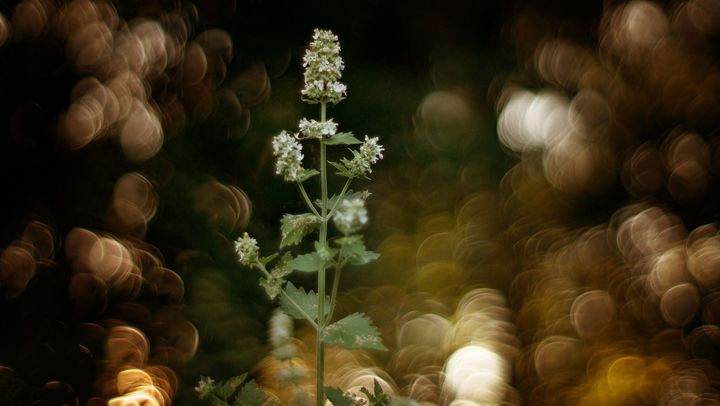
Nearly every artist seeks to find their own voice and distinguish themselves. For some artists finding their voice comes easily, but for others the path to finding their voice can be a long and complex process. Photographer Caroline Jensen went through the long process of finding her voice and now helps other photographers find their voices in her Visual Voice workshop. Below, Caroline shares five ways in which photographers can find their own voices.
1. Understand what voice is and how it differs from style.
Caroline finds that once you have a good definition for what you want to accomplish, tackling the problem becomes much simpler. The whole idea of voice is full of ambiguity. Photographers have borrowed the term 'voice' from other art forms that deal with words...writing, speaking, and singing. The term is not always a perfect fit for the visual arts, but Caroline boils it down in this way: Voice is what you want to say with your images, and your style is how you say that. Knowing what you want to say with your images is vital, but it doesn't have to be complicated. You might want to say that you enjoy the light you are seeing before you, or you might want to say something in a deep and symbolic way. Either end of the spectrum is fine, but having a clear message is key to sharing images that will resonate deeply with you and your viewers.

2. Be honest about your fears.
Fear is the biggest voice killer. Learning to identify and deal with fear is necessary for fluency in visual voice. Spend one week writing down each time you feel a wave of fear concerning your photography. What sends a wave of anxiety through you? Are you worried if your work will be well received? Are you hurt by those that left comments? Are you afraid of losing your audience by sharing a picture outside your normal work? Identify these fears and then take on the next tip.

3. Consider a social media break.
Social media is a blessing and a curse. It can fuel our businesses and give up fulfillment for our hobbies, but it can also cripple our voice. Stepping away from social media can give you a peek into the honest inner workings of your mind. What images would you create if no one ever saw them? Caroline loves the story of Vivian Maier. She shot thousands of frames for the pure joy of making them. Very few were printed and even fewer shared before her death. Our inner motivation becomes clear and our fears fall away when we work in isolation.

4. Your voice is not ‘stuff.'
Your voice is not a computer, software, cameras, or lenses. Your voice is not stuff. Your voice is your message and it will push through whatever tools you lend it. Instead of fretting about having an older camera, work within the confines of what you have and force your voice to express itself in that limited sphere. Having too much gear can be a problem too. Flitting from lens to lens or camera to camera can dilute your voice and your style. I love the story of Dr. Seuss accepting the challenge of writing a story with fifty words or less. His story, Green Eggs and Ham, was born out of this external constriction. Caroline suggests limiting your gear for a time to let your voice struggle a bit. Often, you will find much growth through this simple exercise.

5. Learn to identify what you love and break it down.
One of the biggest fears photographers have is the fear of copying. Copying, while valid for the teacher/student relationship for training purposes, can also stifle your own true voice if continued over time. In her Visual Voice workshop Caroline teaches a method that helps photographers identify elements of images they love and learn to combine them with their own message and style. It is an analytical process that moves you from the concrete elements in other's work, to unique images that reflect your true voice. There is no fear of copying when you systematically move through and past the work of others. In fact, the more influences you study, the more personal the work becomes. It is a joy seeing the revelation of voice bloom as students participate in the process. The key component is being honest about what you truly love and breaking down those images into relatable bits that you can use moving forward.

All photos by Caroline Jensen.
